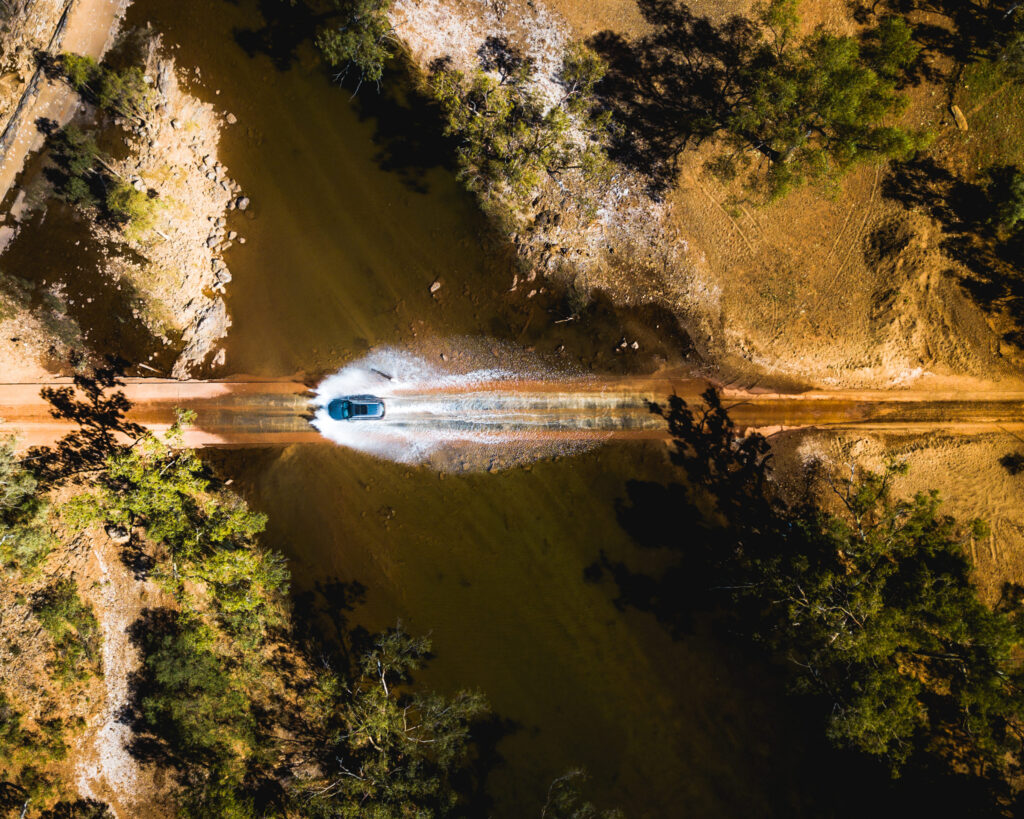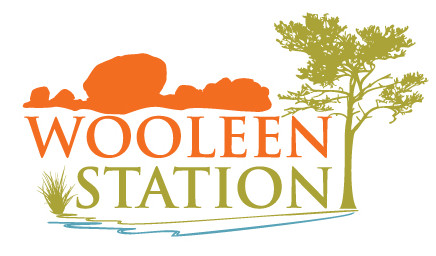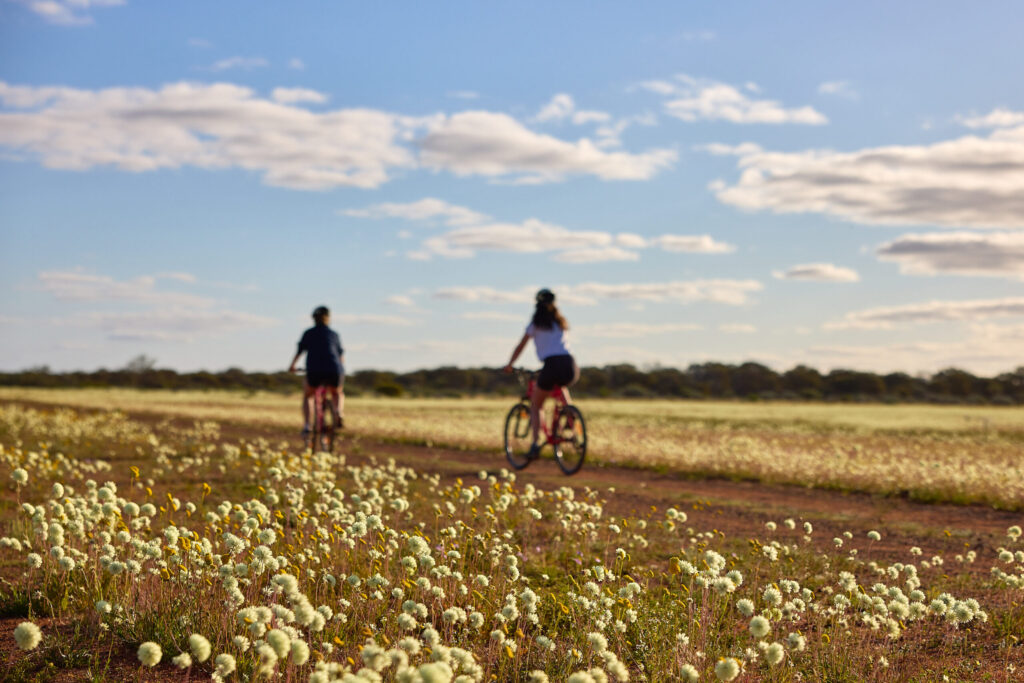Eco-Driving Tips for Visiting Wooleen Station and Remote WA

Practical Eco-Driving Tips for a Safe and Sustainable Journey to Wooleen Station
Visiting Wooleen Station is an unforgettable experience, but its remote location in Western Australia means driving is the primary way to get here. While public transport and other low-emission travel options aren’t viable, there are still ways to reduce your environmental impact on the journey. By adopting eco-driving practices, you can minimize fuel consumption, emissions, and wear on your vehicle while ensuring safety on gravel roads and in areas with abundant wildlife.
The need for eco-driving stems from an urgent global effort to address climate change. Reducing emissions, even on individual journeys, plays a critical role in preserving the environment for future generations. Every small change in driving behavior contributes to this goal while helping protect WA’s unique and fragile ecosystems. Here’s how you can drive more sustainably and responsibly during your visit.
1. Plan and Prepare Your Trip
- Efficient travel begins before you even start your engine. Careful planning reduces unnecessary detours and fuel use.
- Route Planning: Use navigation tools to choose the most direct route to Wooleen Station. Download offline maps as remote areas often lack mobile service.
- Combine Errands: If you plan to explore other parts of WA, cluster your destinations to minimize driving distances.
- Pack Smart: Overloading your vehicle increases fuel consumption. Bring only essentials and pack your items efficiently to reduce drag.
2. Drive Smoothly and Maintain a Steady Speed
- On the long stretches of road in WA, adopting a calm and consistent driving style can save significant amounts of fuel.
- Avoid Rapid Acceleration and Braking: Gradual changes in speed use less fuel and reduce wear on your vehicle. Anticipate stops and turns to brake smoothly.
- Use Cruise Control: On sealed roads, cruise control helps maintain a steady speed, reducing unnecessary fuel usage.
- Respect Speed Limits: Driving at moderate speeds not only saves fuel but also enhances safety on gravel roads.
3. Navigate Gravel Roads Safely
- Many roads leading to Wooleen Station are unsealed, requiring specific driving techniques to balance safety and fuel efficiency.
- Lower Your Speed: Driving slower on gravel reduces the risk of skidding and damage to your tires, which can also improve fuel efficiency.
- Engage the Right Gear: Use lower gears for better control, especially on loose surfaces. This prevents over-revving and fuel wastage.
- Avoid Sudden Maneuvers: Abrupt steering or braking can cause skids on gravel. Smooth driving minimizes these risks and conserves energy.
4. Be Mindful of Wildlife
- WA’s remote areas are rich in wildlife, and it’s essential to drive responsibly to protect both animals and yourself.
- Drive During the Day: Wildlife is most active at dawn and dusk. Plan your travel to avoid these times and reduce the risk of collisions.
- Stay Alert: Keep an eye out for kangaroos, emus, and other animals that may suddenly cross the road.
- Use High Beams Wisely: On dark roads, high beams can help spot wildlife earlier but should be dimmed for oncoming traffic.
5. Optimize Vehicle Efficiency
- A well-maintained vehicle operates more efficiently, reducing both emissions and the likelihood of breakdowns in remote areas.
- Check Tire Pressure: Underinflated tires increase fuel consumption. Adjust pressure according to your vehicle’s manual and the load you’re carrying.
- Service Your Vehicle: Ensure your car is in good condition with regular servicing, focusing on engine performance, oil levels, and air filters.
- Reduce Drag: Remove roof racks and accessories when not in use, as they create wind resistance and increase fuel use.
6. Fuel Wisely
- Fuel stations can be sparse in remote WA, so efficient fuel management is crucial.
- Plan Refueling Stops: Research fuel stations along your route and fill up when you can, as the next stop could be hundreds of kilometers away.
- Use Eco-Friendly Fuels: Opt for unleaded or biofuel options where available.
- Avoid Idling: Turn off your engine if you’re stopped for an extended period.
7. Carpool When Possible
- If you’re traveling with friends or family, carpooling is an excellent way to reduce emissions per person. Sharing vehicles also minimizes road congestion and wear on the environment.
8. Dispose of Waste Responsibly
- Sustainable driving includes managing the waste generated during your trip.
- Carry a Waste Bag: Collect all rubbish in a bag to avoid littering in pristine environments.
- Recycle Where Possible: Many rural areas have recycling stations; use them when available.
- Avoid Single-Use Plastics: Bring reusable water bottles, coffee cups, and utensils.
9. Offset Your Carbon Emissions
- Even with careful driving, emissions are unavoidable. Offsetting your trip can help mitigate your environmental impact.
- Carbon Offset Programs: Invest in reputable programs that fund renewable energy or reforestation projects.
- Support Local Conservation: Consider contributing to initiatives that protect WA’s natural environment, such as wildlife conservation efforts or land rehabilitation projects.
10. Stay Informed and Educate Others
- Share your knowledge of eco-driving with fellow travelers to create a collective impact.
- Learn About Sustainability: Familiarize yourself with the environmental challenges of remote WA.
- Engage with Local Initiatives: Support sustainable tourism practices and businesses, such as Wooleen Station’s commitment to conservation.
- Spread Awareness: Inspire others by sharing your eco-driving journey and tips on social media or in conversations.
11. Explore Without Your Car
Once you arrive at Wooleen Station, we encourage you to park your car and explore the property using eco-friendly alternatives.
- Walking Trails: Discover the natural beauty of Wooleen on foot, with trails that showcase the region’s unique flora and fauna.
- Hiking Adventures: Challenge yourself with longer hikes to immerse yourself deeper in the landscape.
- Cycling Options: Bring your bike or use available options to explore in a low-impact, sustainable way.
Driving to Wooleen Station may be a necessity, but it’s also an opportunity to embrace eco-friendly practices that protect WA’s unique landscapes and wildlife. From careful trip planning to mindful driving on gravel roads, every small action contributes to a more sustainable journey. By adopting these eco-driving tips, you’ll not only reduce your environmental footprint but also enhance your safety and enjoyment as you explore the stunning outback. Let’s make every kilometer count toward preserving the beauty of this remarkable region for generations to come.


